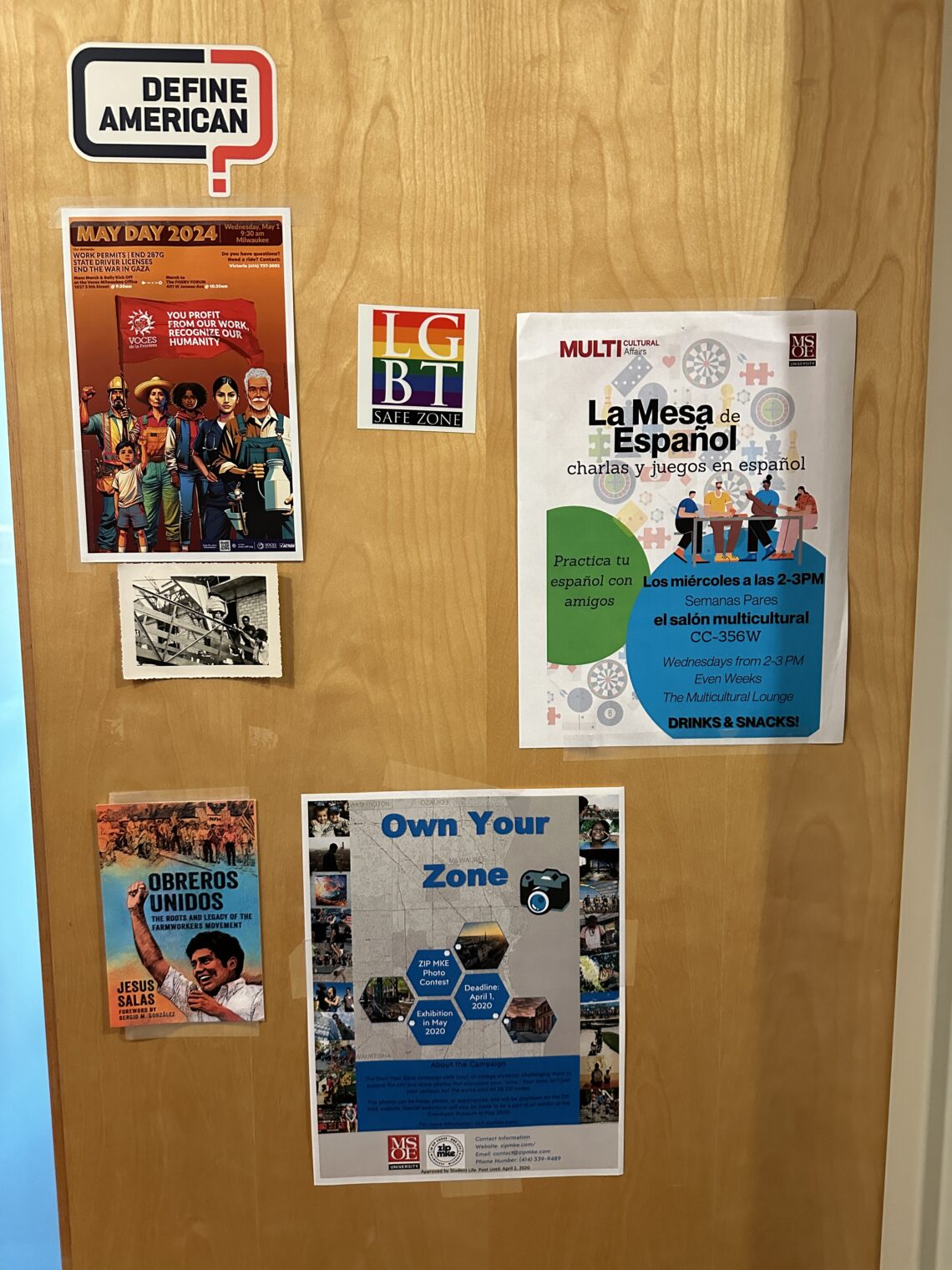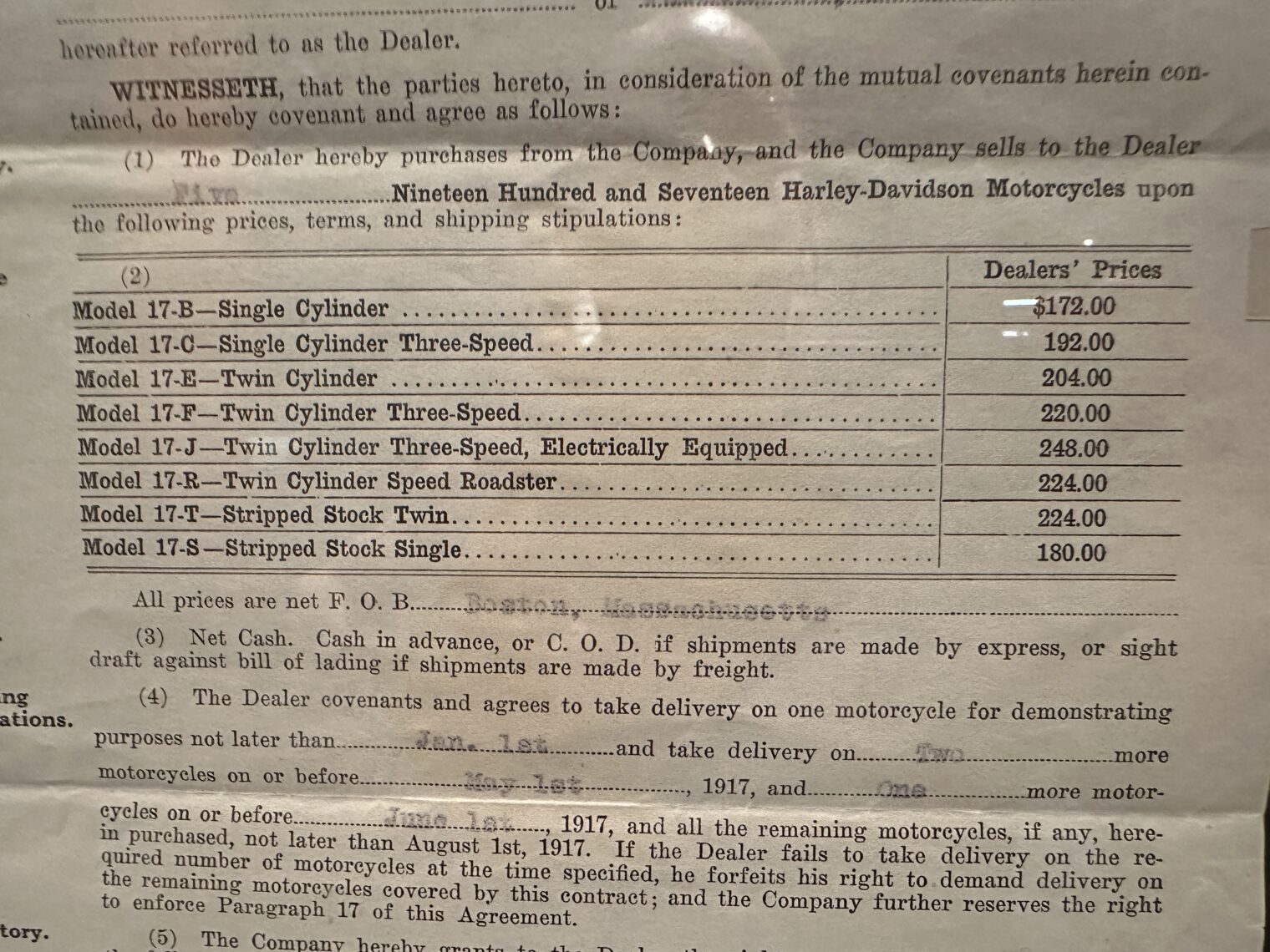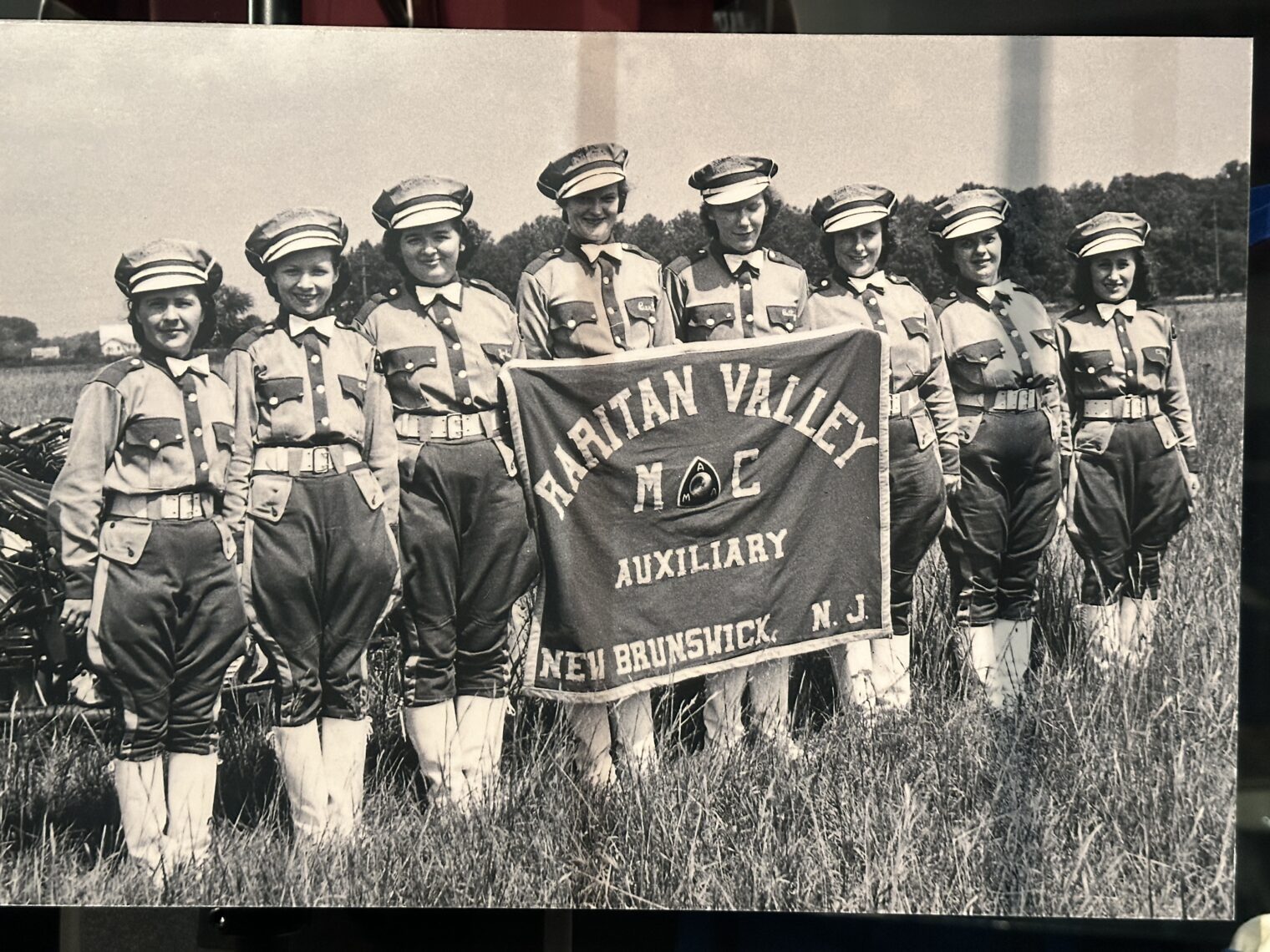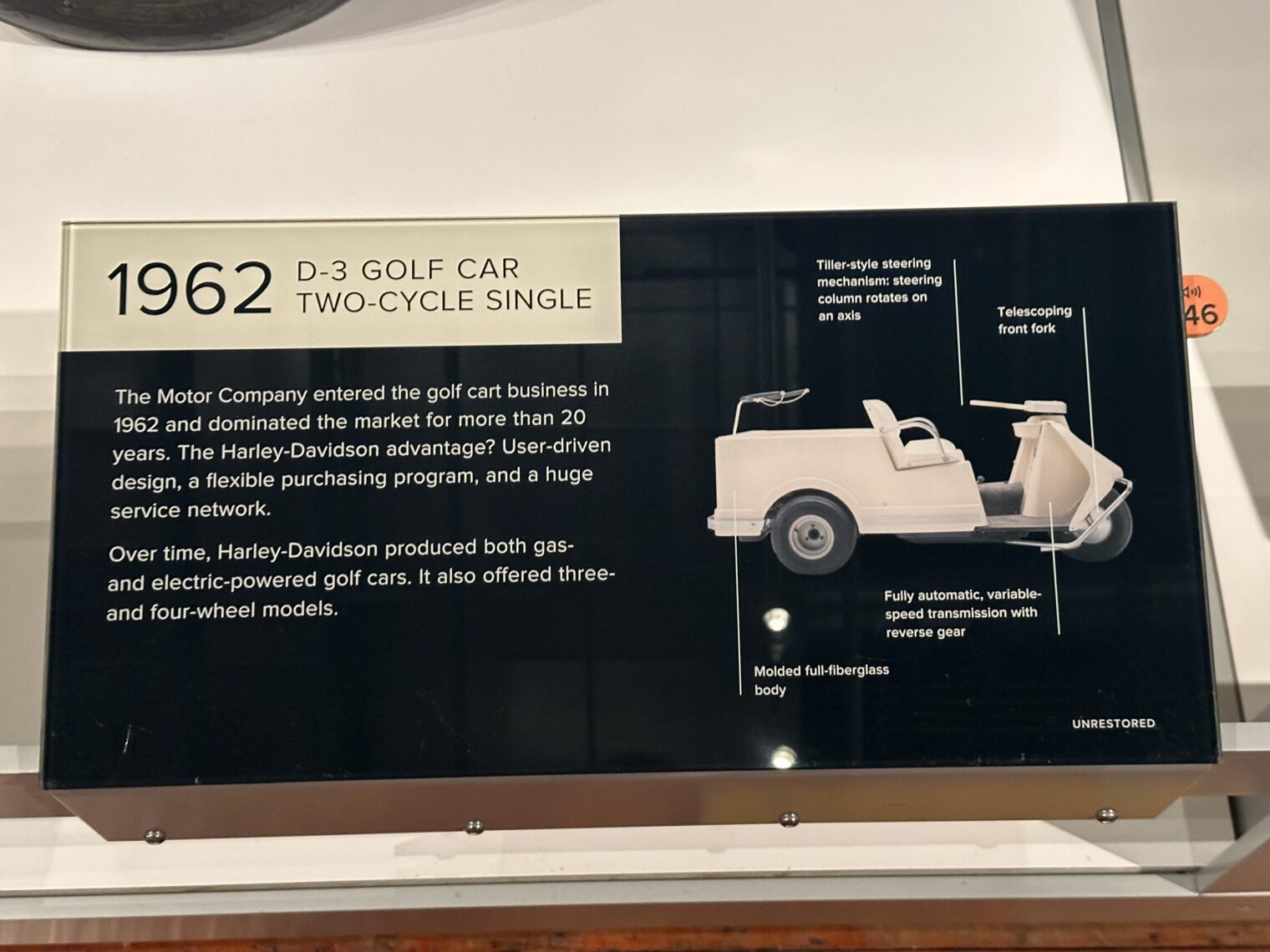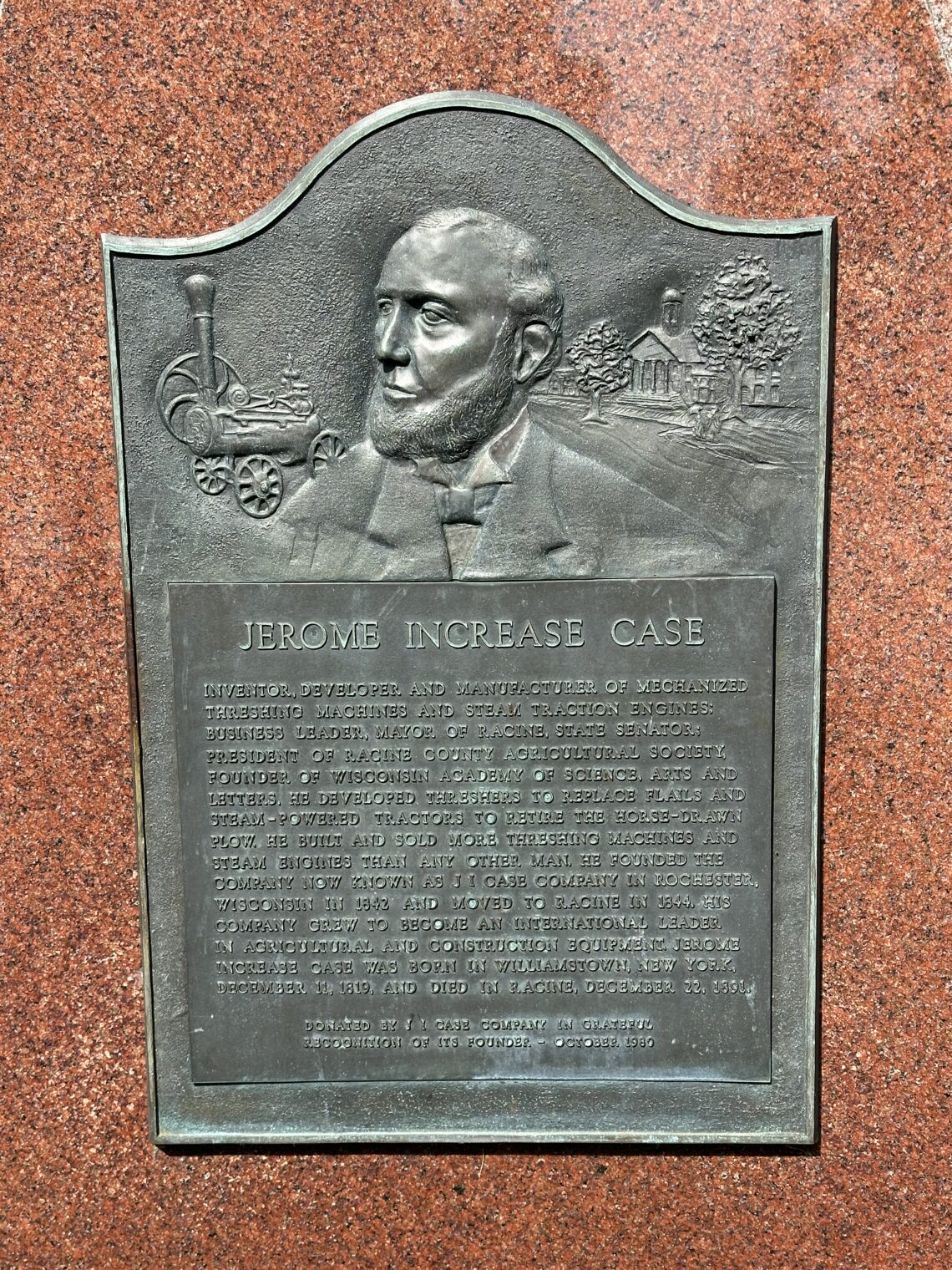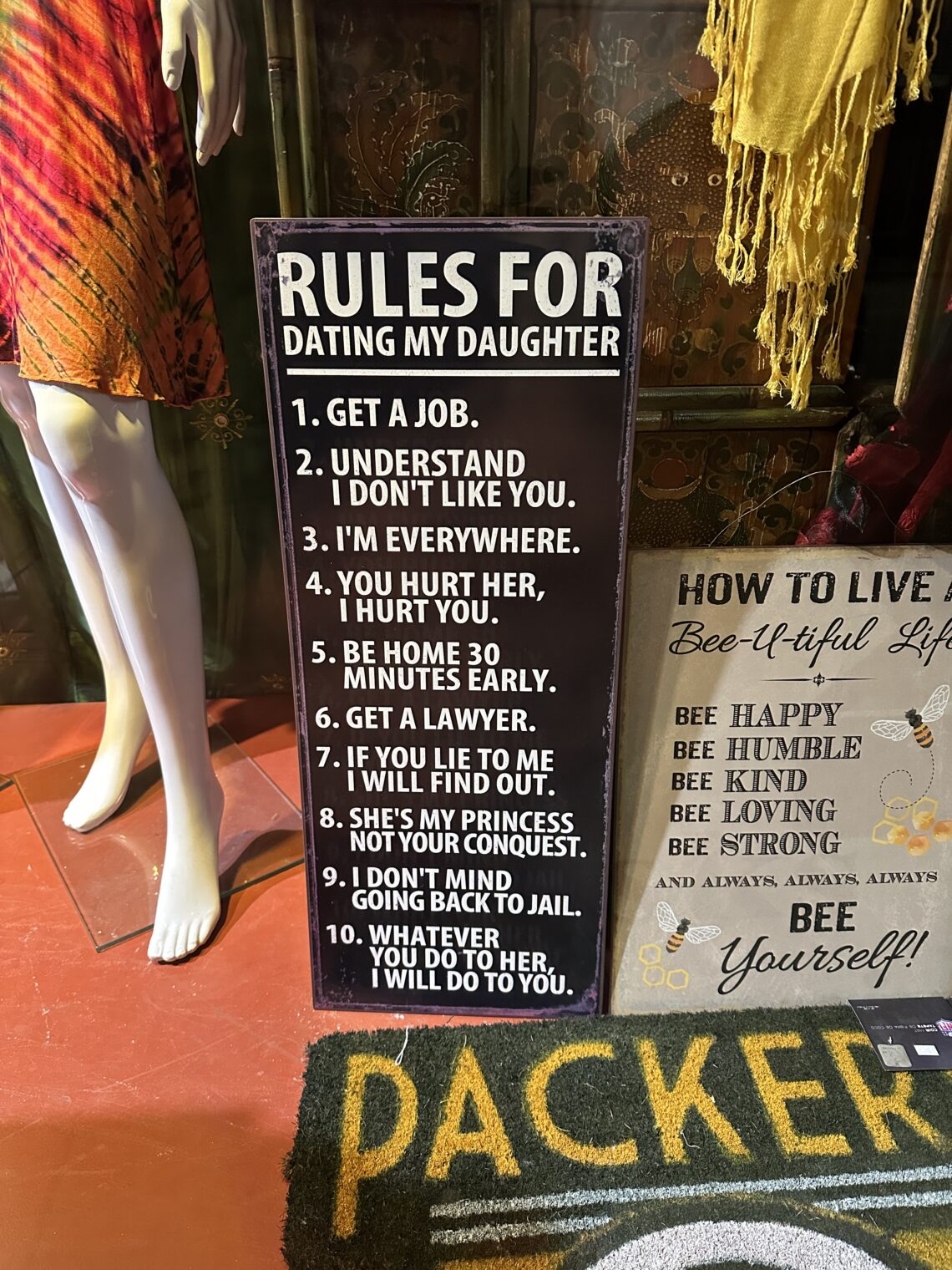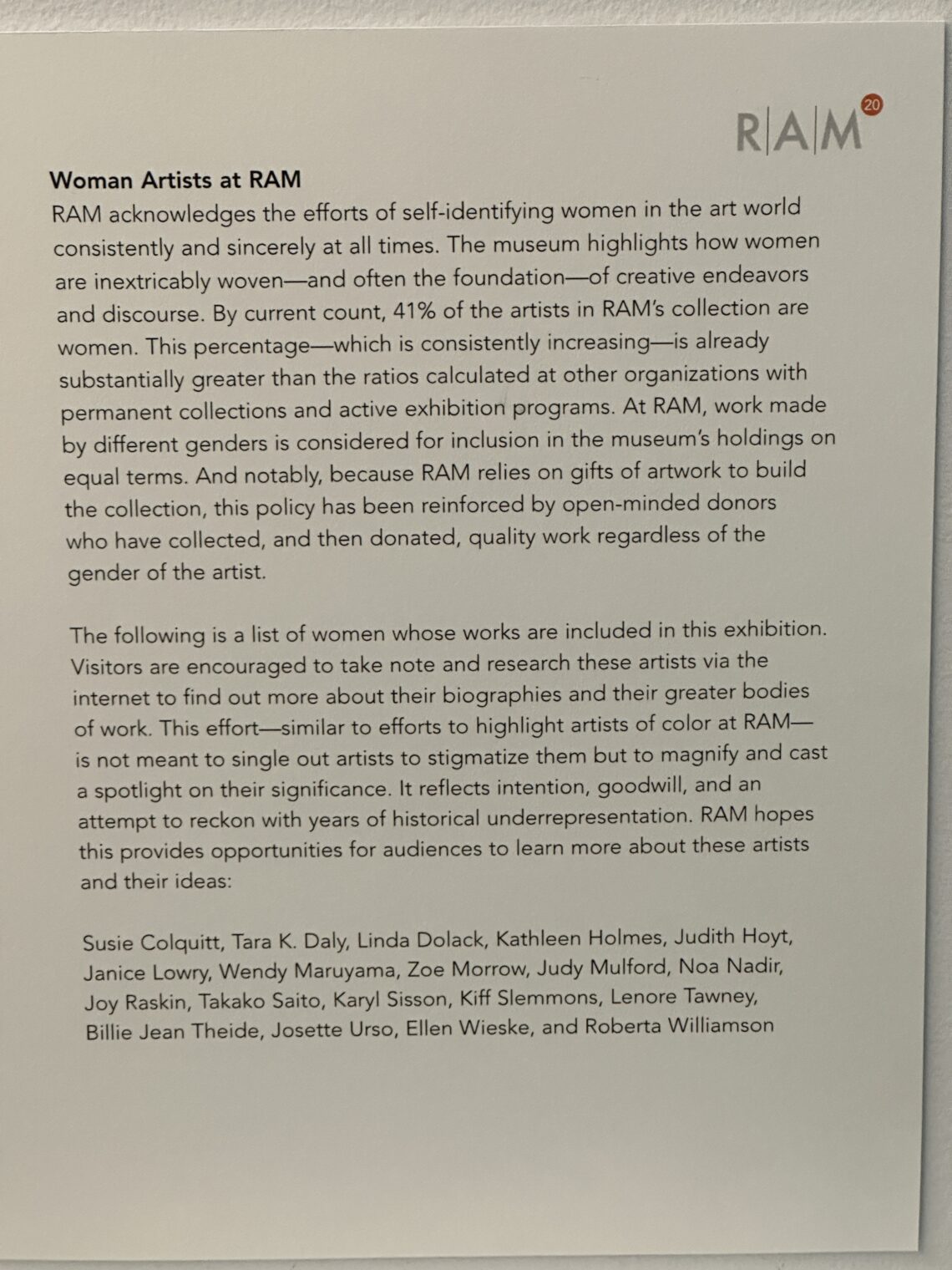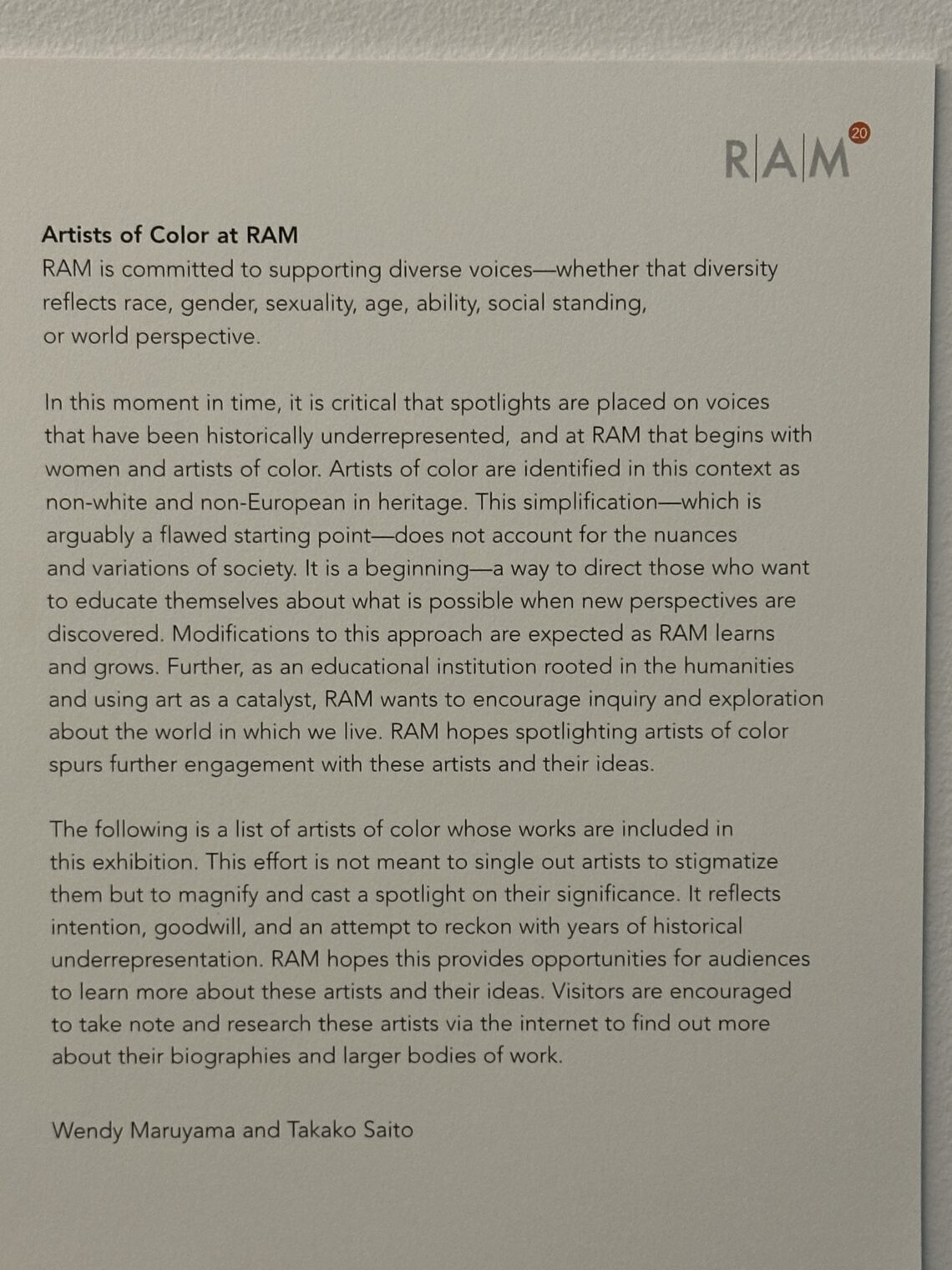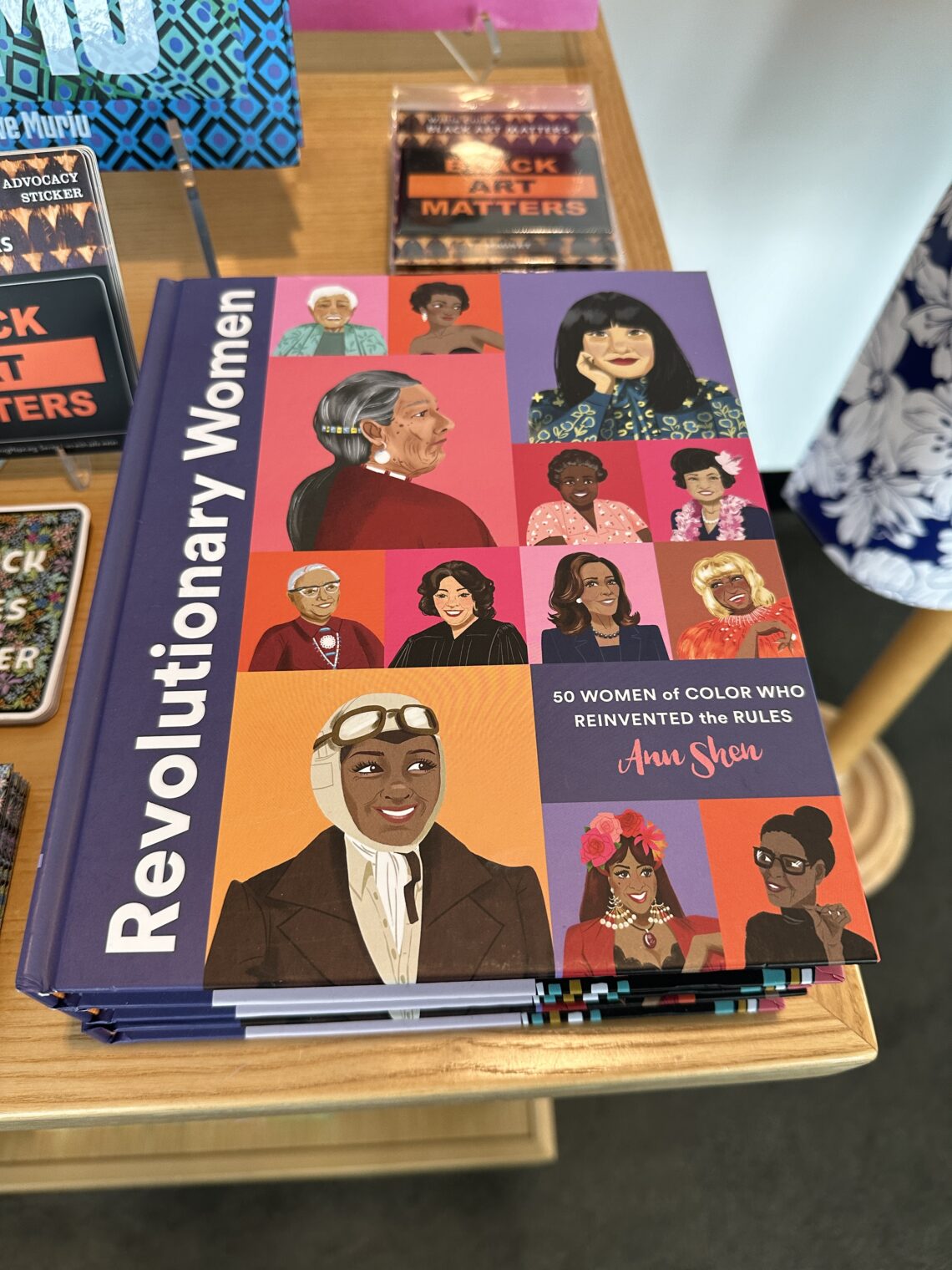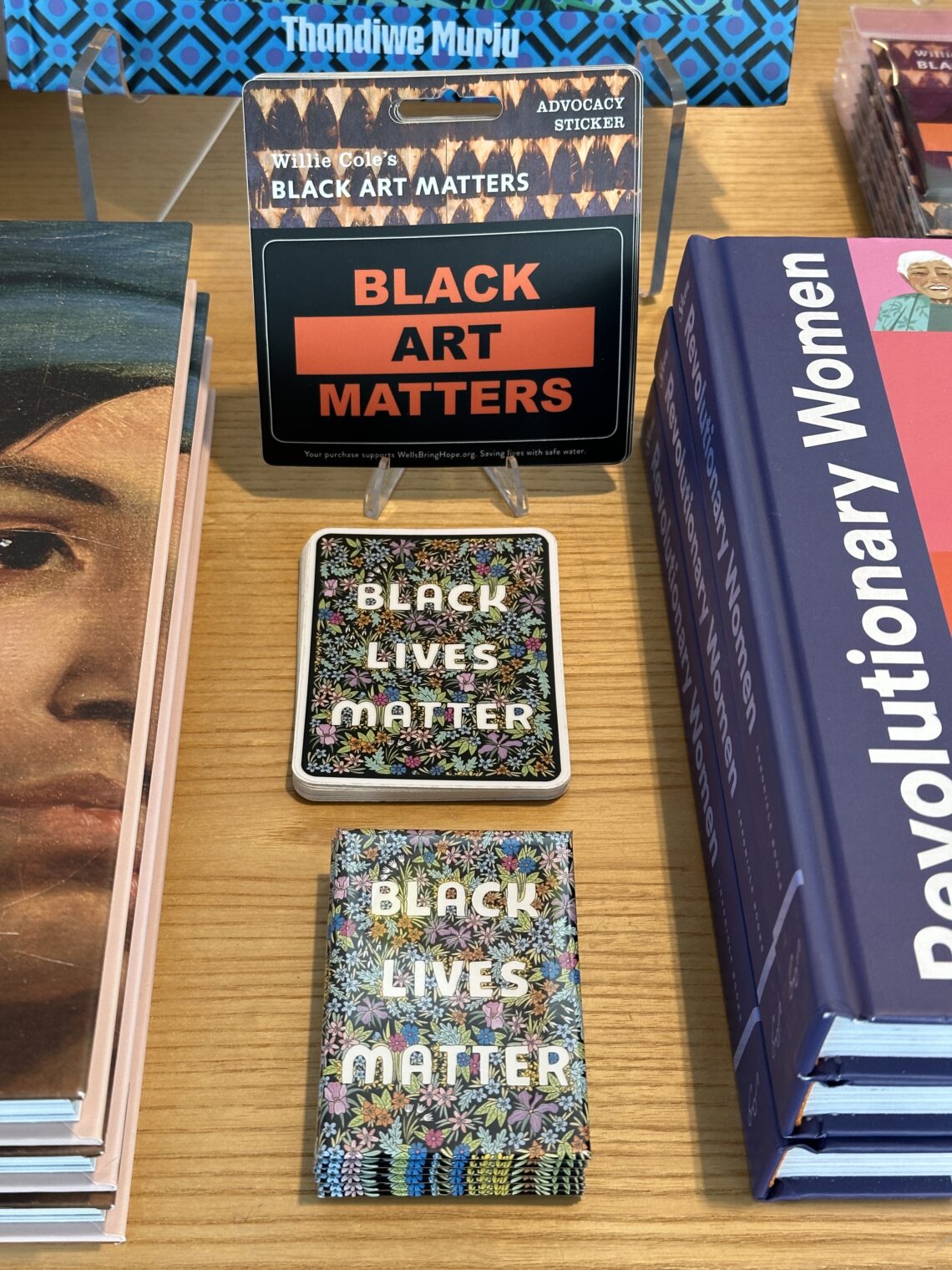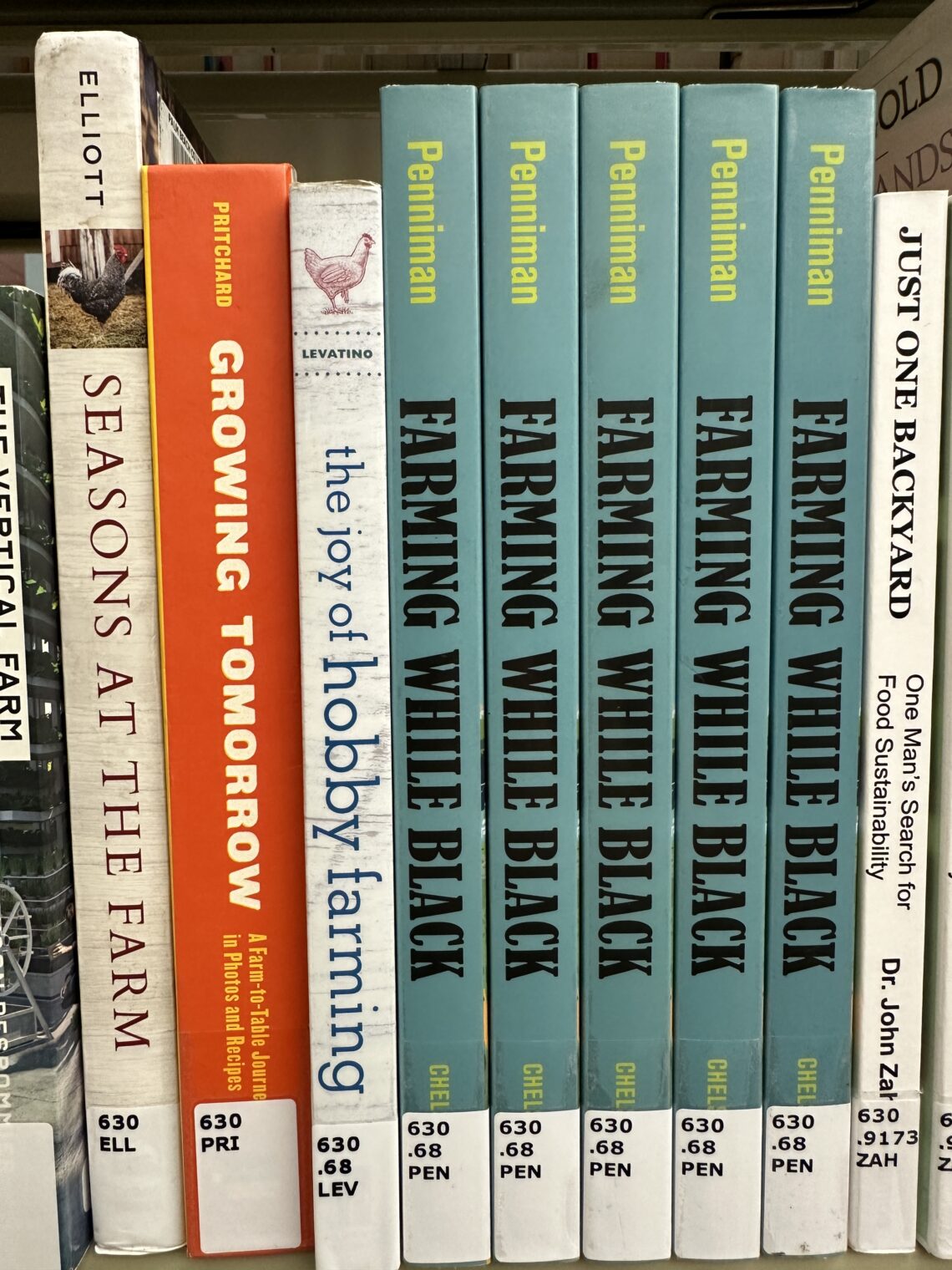Pre-/Post-Oshkosh Idea: Grohmann Museum (the art of humans at work)
At least some of the downtown areas of Milwaukee make for a nice stop on the way to or from EAA AirVenture. The Third Ward is a particularly well-done gentrification/re-purposing. If you do decide to make a stop, the Milwaukee School of Engineering (MSOE) is home to a four-story museum of paintings and sculpture of humans at work. The Grohmann Museum was funded by Eckhart Grohmann, whose family was expelled from Silesia at the end of World War II (a total of 15 million other ethnic Germans were killed or, with American approval, forcibly displaced).
The tour begins in the rooftop sculpture garden, which contains heroic bronzes:
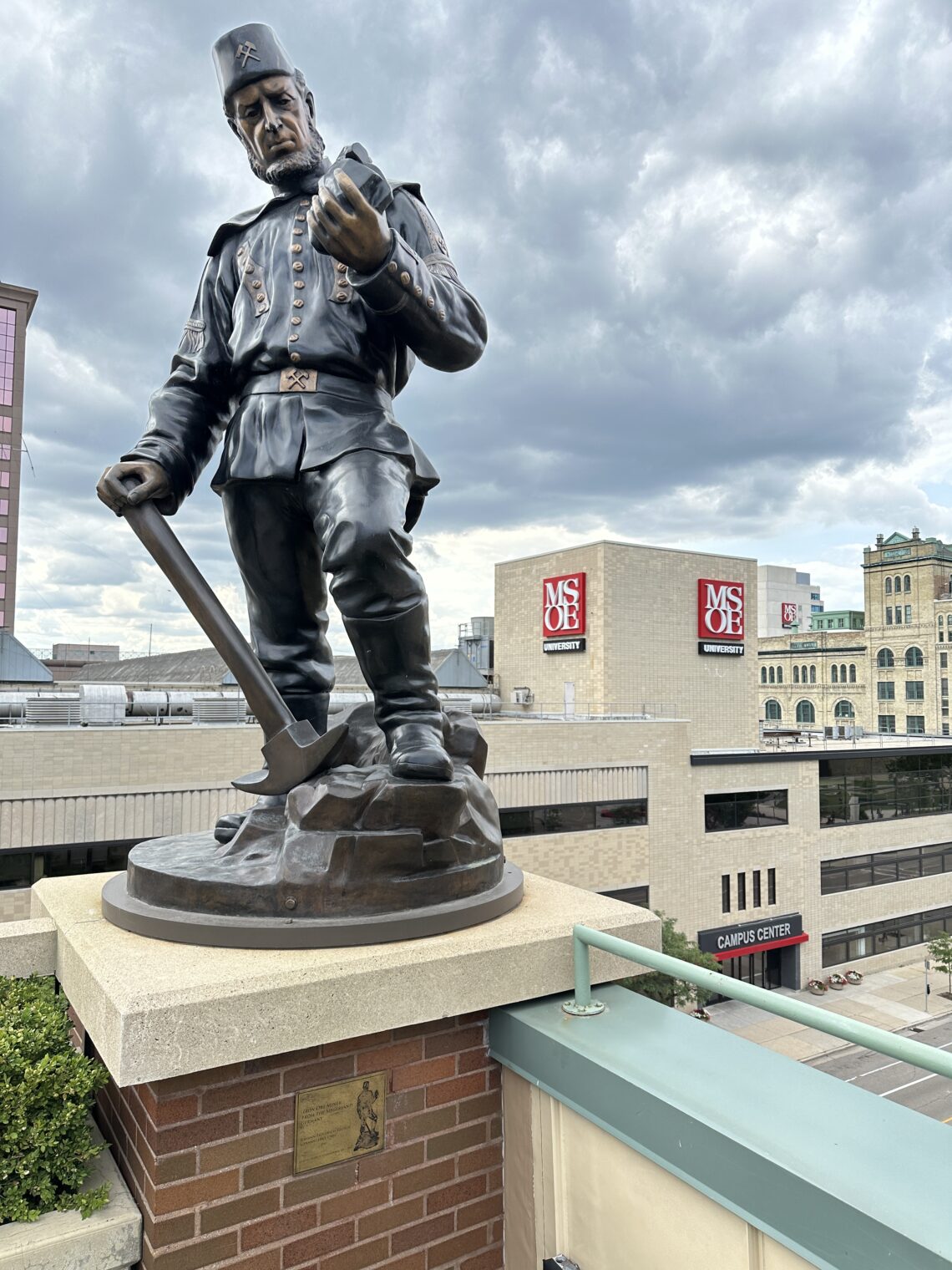
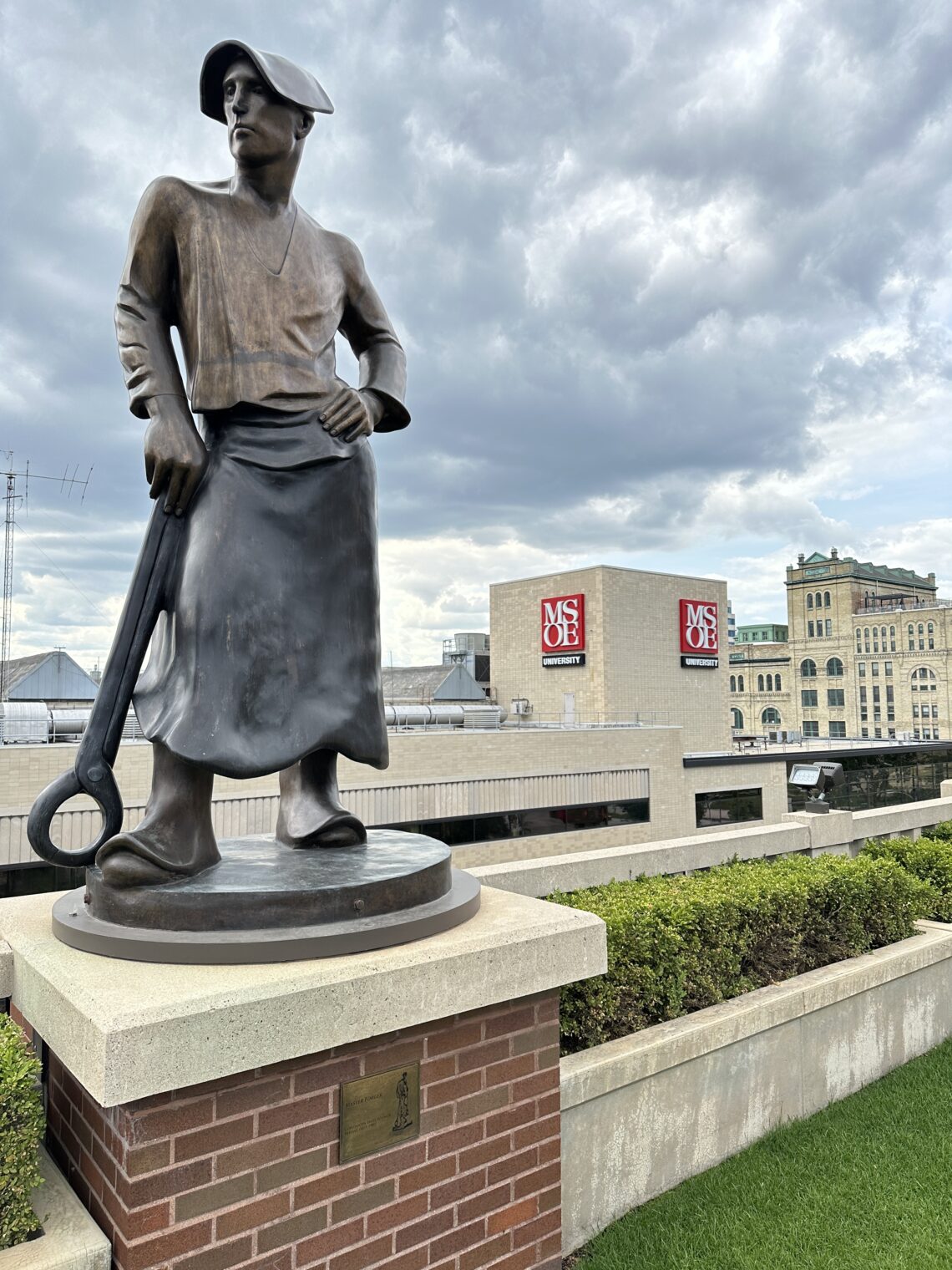



Here’s a wider view:
Then one heads down a spiral staircase to the paintings and smaller statues:
Of course, this 2020 work titled “Corona” by Hans Dieter Tylle is my favorite:
(The artist is German so he doesn’t depict the hospital administrator billing Medicare $120,000 for putting the patient on a ventilator so that he can have a 90 percent chance of death instead of the 85 percent chance that he came into the hospital with.)
Here’s “The Tax Payer”, 1877, which was hung right next to “Corona”, a perfect juxtaposition for the U.S. system:
The museum reminds us that medical quackery didn’t start with coronapanic:




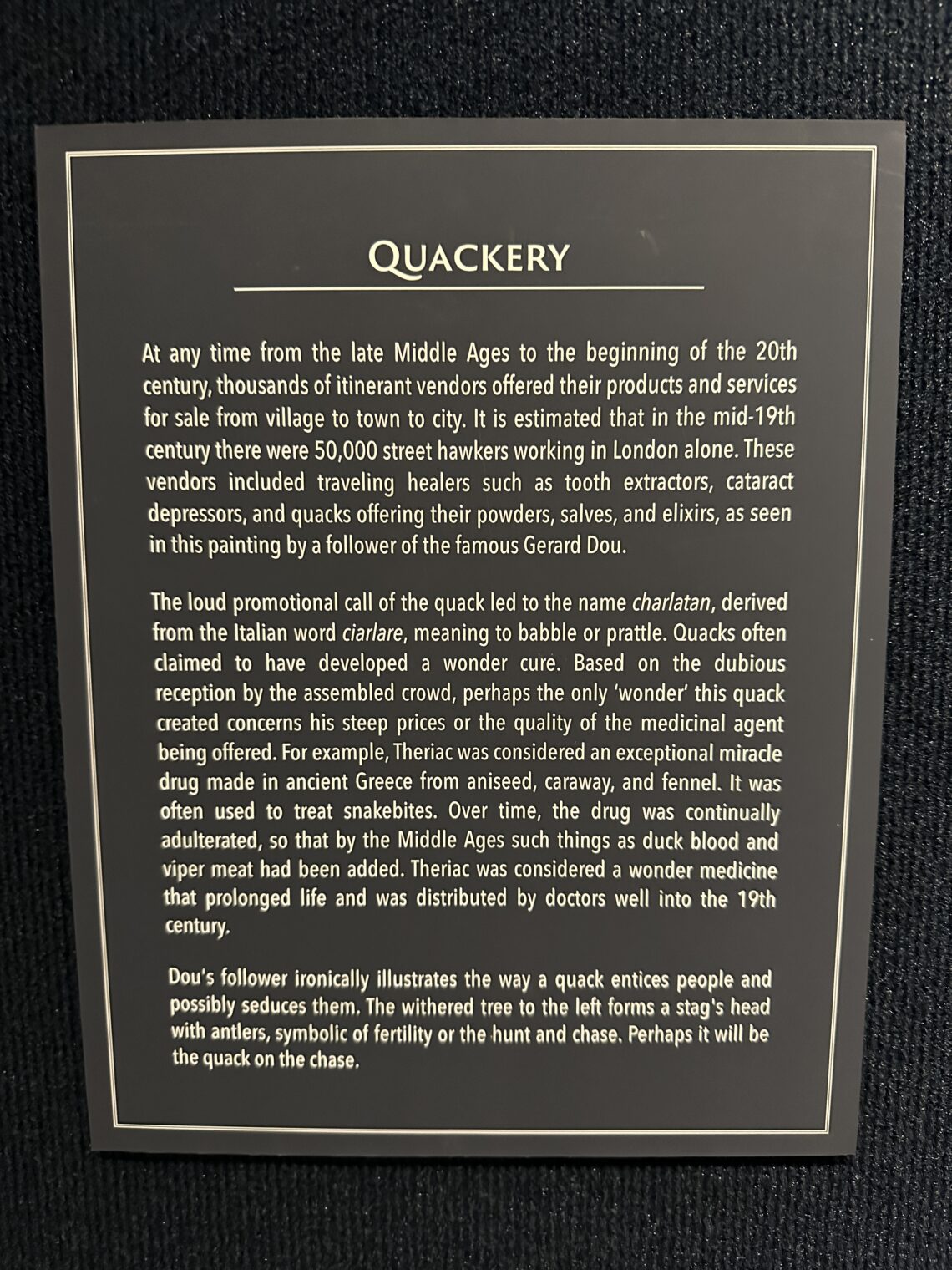
Grohmann attracted some criticism for including works celebrating Nazi construction and industrial achievements, e.g., the work below.
A November 2007 article about the museum’s opening:
the most represented artist in the collection, Erich Mercker (1891-1973), was commissioned directly by Hitler’s government to create images of the Third Reich’s expanding infrastructure.
One of the 81 Mercker works in the collection shows laborers cutting stone bound for the Chancellery in Berlin, the Reich’s seat of power, and others depicting bridges of the Autobahn, one of Hitler’s proudest achievements.
At least two other artists represented in the collection also have Nazi ties.
Dr. Grohmann and colleagues told the critics to pound sand.
Here’s an oil painting of one of the world’s worst jobs, i.e., serving on HMS Resolute in the Arctic:


The ground floor contains some stained glass:

The museum features two works by Hunter Biden: “Tapping Slag” and “Hosing Down the Coke” (painted pseudonymously, apparently):




There’s a huge painting titled “After the Mine Accident” (Fernand Dresse) that reminds us that our modern society is built on people who are willing to put their very lives on the line:
At the opposite end of the spectrum… “The Electrician” (J.C. New, 1890):
Unlike any other art museum that I can remember visiting in the past 5 years, the bookstore is entirely free of books promoting art by members of victimhood groups and books about the 2SLGBTQQIA+ lifestyle. Does that mean that the entire building is free of Rainbow Flagism? No. The building also houses offices for humanities professors at the Milwaukee School of Engineering. Nearly all of these teachers have festooned their office doors with the sacred symbology. Here’s Candela Marini‘s door, for example.:
Note that the Duke graduate also promotes “End the War in Gaza”, end the investigation of whether residents of the U.S. are here without authorization (“End 287G“), and questioning the definition of “American”.
Are there any paintings that combine the faculty’s passion for Rainbow Flagism and the museum founder’s passion for productive achievement? Here’s one of the Norwegian Dawn, often tasked with cruising the Greek islands, under construction in Germany:


What’s missing from the museum? Asian art! Hokusai, for example, painted people at work:
And, of course, the Socialist nations made a lot of great art of people working. I didn’t see any Russian or Chinese 20th century paintings of the masses cheerfully toiling (for those who call today’s Democrats “socialist”, remember that relaxing on what used to be called “welfare” was illegal in the Soviet Union; the correct adjective for Tim Walz (still struggling with PTSD after a taxpayer-funded trip to Italy) or Kamala Harris is “transferist“).
Full post, including comments